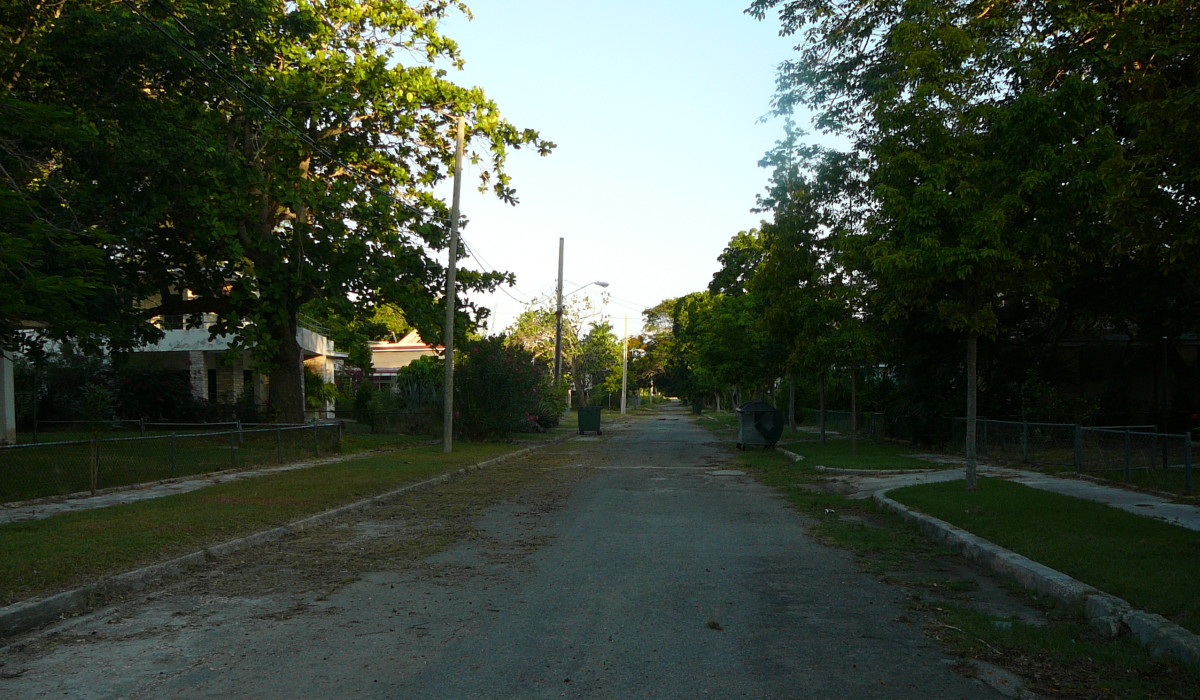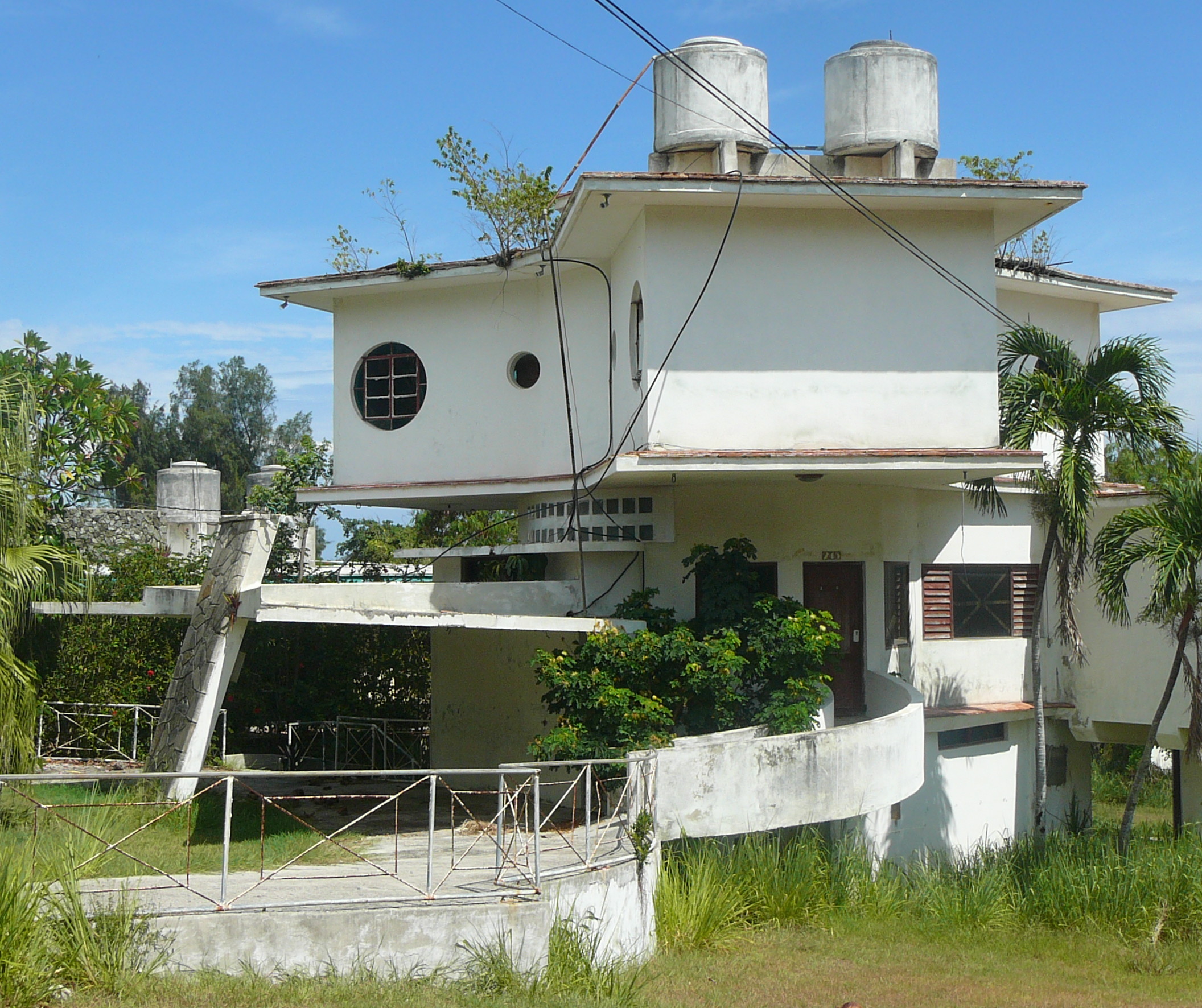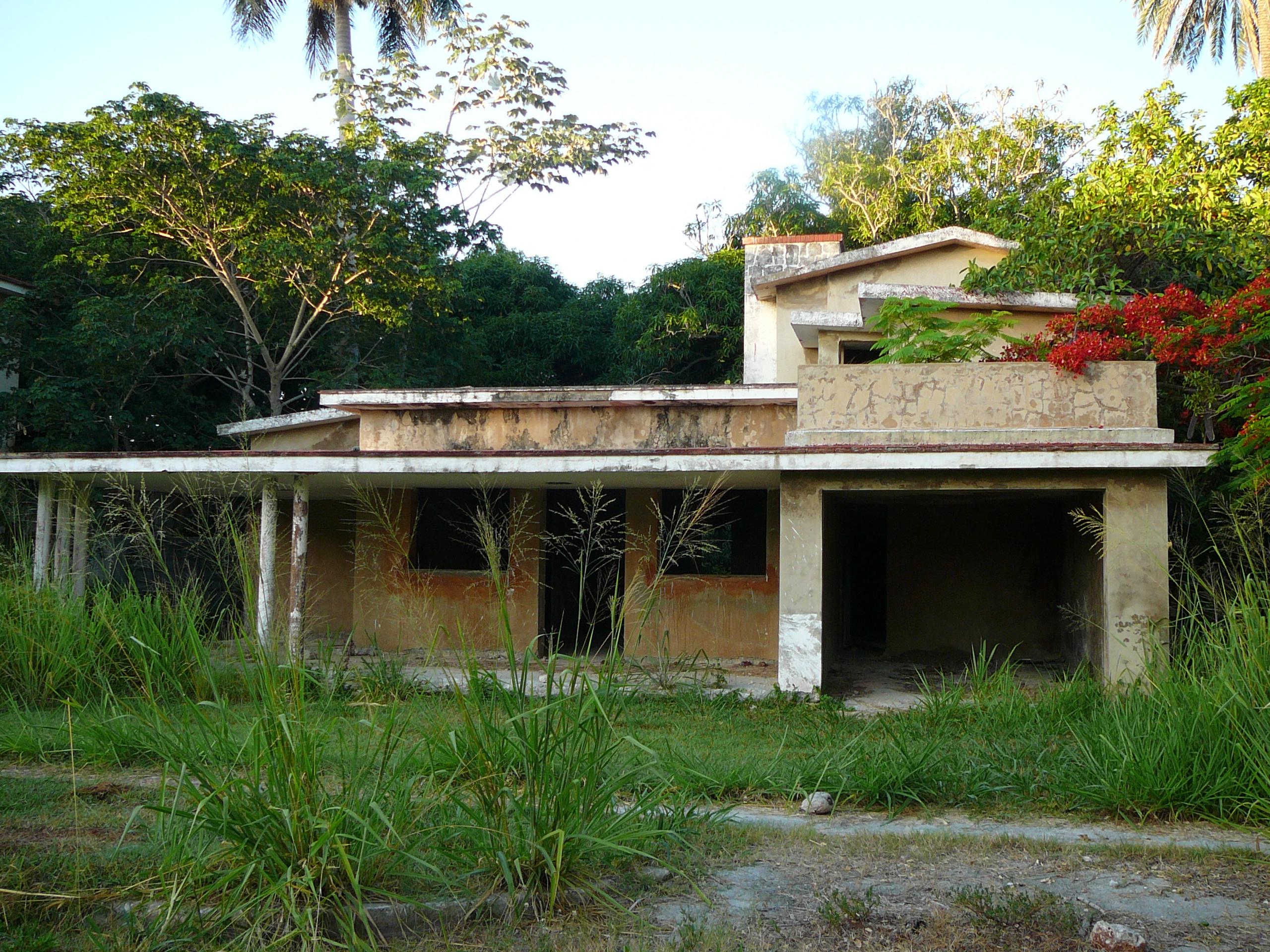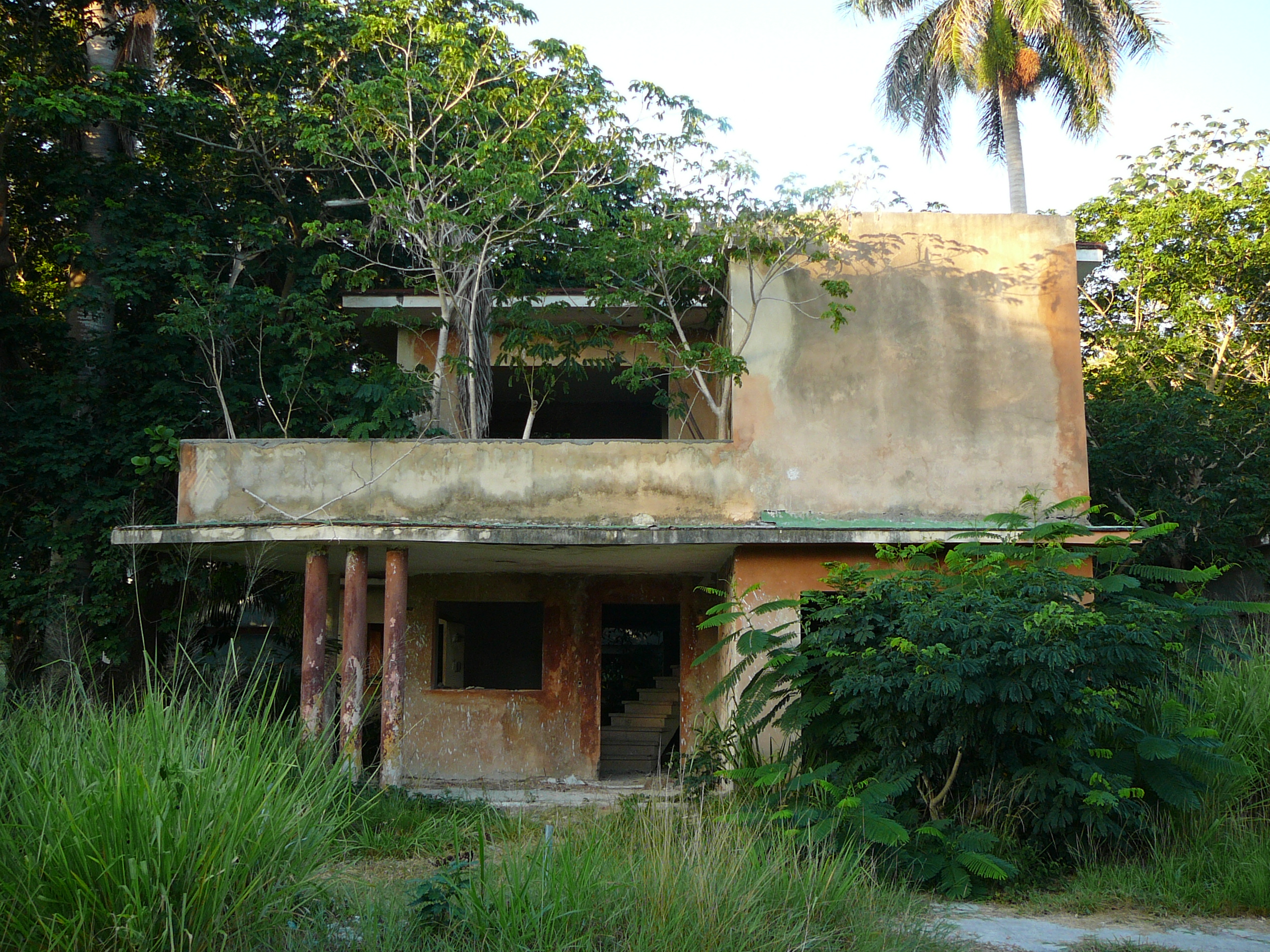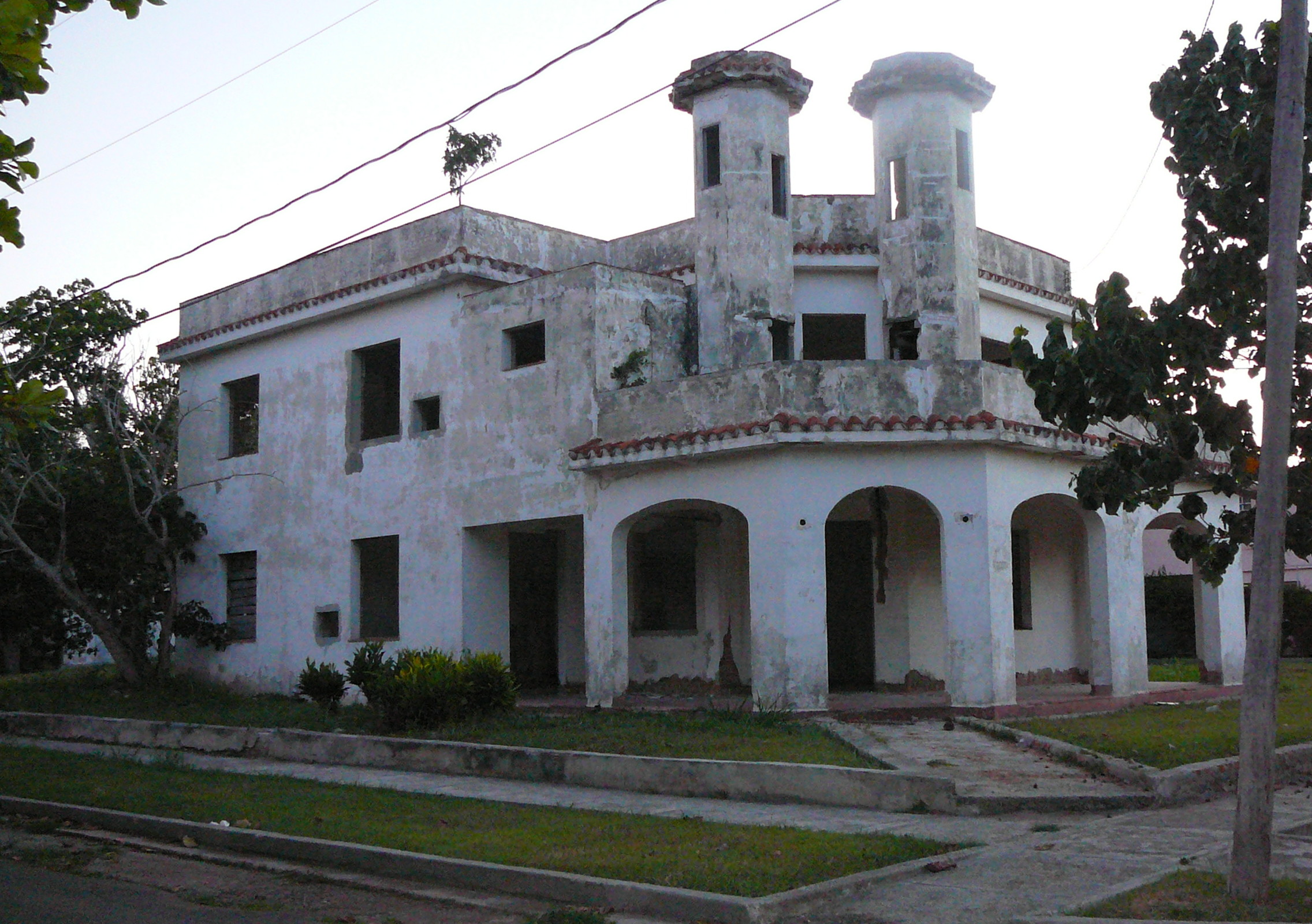The (almost) daily walks
Ever since I passed through Tarará the first time, on board of a bus taking (mostly) tourists from the city to the beaches, I’ve been really curious about it. That was back in 2009, I’ve been in Havana several times since then, each time spending at least one day on the beach, and each time passing through Tarará. I never got off that bus, though, and I now wonder why. I guess part of it was because it looked exclusive in a way, it felt almost like I would be intruding, and part of it was because I somehow knew that someday I would be spending more time here. And as soon as I got here, I couldn’t wait to go exploring.
The first time I went for a walk was at dusk. I didn’t venture far from home. I walked along the 3rd street-where our house is, and along Cobre-the street closest to the beach. Most of the houses here are in good condition, but only a few of them are occupied. Every time after that, I went deeper and deeper, away from the beach, away from the nice houses. What I found there was quite different.
In all of Tarará there are no two houses that are the same. Most of them are beautiful-in their minimalist, streamlined style of the period, or at least what’s left of them. It is devastating to see so many of them in ruin, windows and doors missing, concrete eaten away by the salty air, roofs collapsed.
There are streets where there is not a single house in good condition-plants have taken over their interiors, their gardens and even the pavements. It’s eerie and it’s scary, but mostly it’s sad. The power of neglect combined with the powers of Mother Nature will make it impossible for most of these houses to ever be restored and they will be left to crumble to dust, fortunate to house lizards and frogs in the meantime.
I walk and I think, I try to imagine, to go back in time, and I can almost hear voices of little American children playing in the well-kept gardens of their well-kept homes. In my mind, they are always American families, even though I know that many, if not most of the houses, were owned by wealthy Cubans. I guess it just makes it a little bit more “exotic”, a little bit more “50’s”. I have a theory about which house belonged to Mr. Webster and his family. It’s the biggest one I’ve come across, it’s close to the beach, but it’s also close to the church and the marina.
I can’t wait to visit the museum and find out if I was right. Until then, I’ll let my imagination take over and continue my walks through the ghostly streets of Tarará, accompanied by imaginary people from a bygone era.
